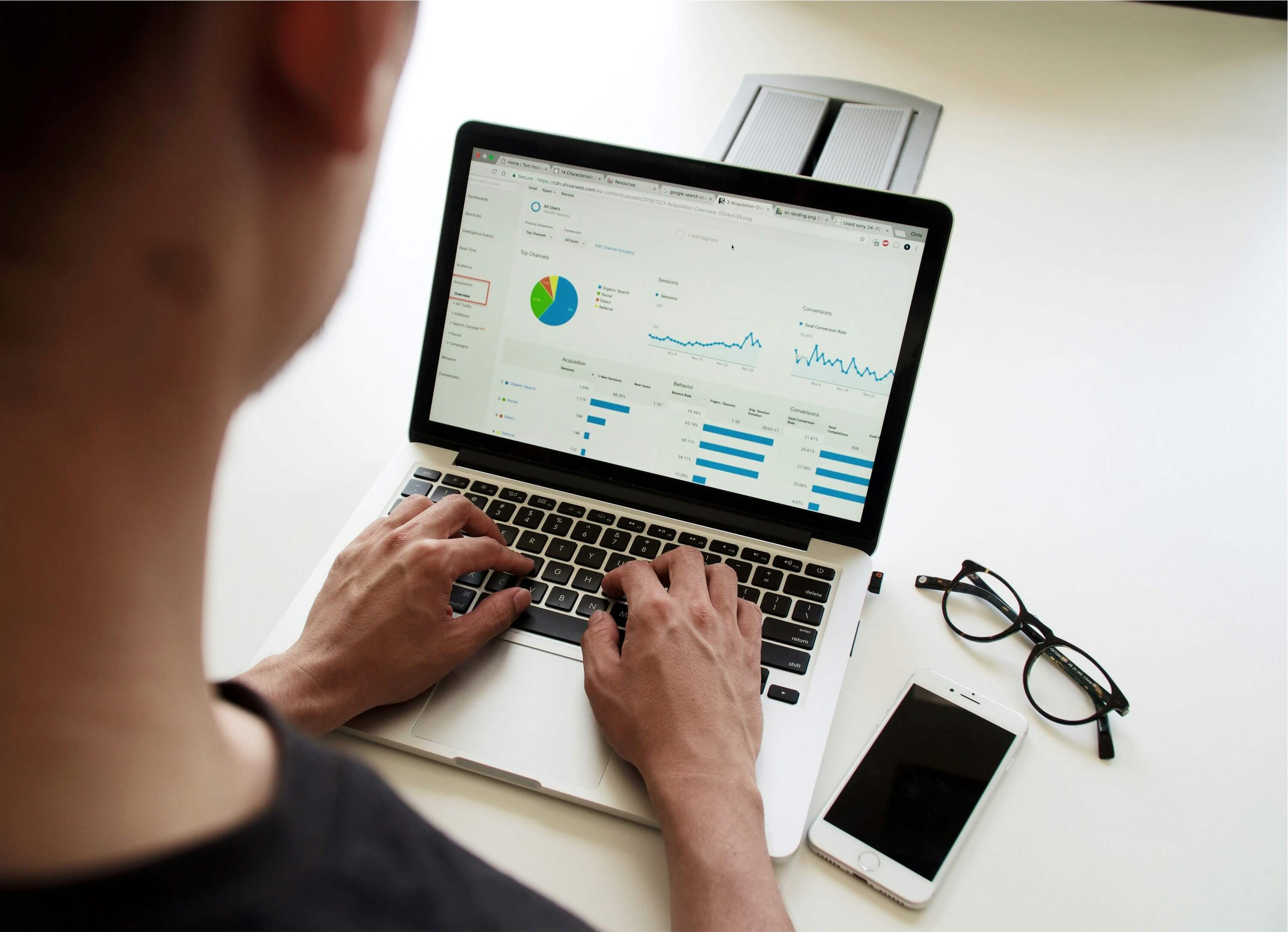What is turnover?
Turnover is the total income a business earns from sales over a period. Discover what it means and why it’s key to measuring business performance.
Turnover is one of the most important metrics for understanding how a business is performing. Whether you're running a start-up or managing a growing company, knowing your taxable turnover helps you track income, monitor growth, and make smarter financial decisions. In this guide, we’ll break down what turnover means, what a company’s turnover is, how to calculate it, and why it’s such a key indicator of your business’s financial health.
In this guide, we’ll cover:
- Turnover meaning
- What is a business turnover?
- Turnover vs revenue
- How is turnover calculated?
- Is turnover the same as revenue?
- Turnover vs profit
- Is turnover the same as gross profit?
- What is turnover for self-employed?
- Measuring turnover and why it’s important
- When is turnover important?
- What is a good turnover rate?
- How Dojo can help
- FAQs
Definition of turnover
Turnover is the total value of sales made by a company over a certain period – the money a business earns from its main services, before taking away any costs or expenses.
While the turnover explanation and meaning can vary slightly depending on the context, turnover is about the income from trading activities and is a key figure in accounting for small businesses and larger enterprises.
What is turnover in business?
In business, turnover represents the total income a company earns from selling its products or services, usually over a financial year. It’s an important metric that can signal how well a business is performing – but it doesn’t factor in costs or profitability.
Understanding turnover also helps with setting goals and making informed financial decisions. To define turnover in your business, it’s important to consider how much income your trading activities generate before deducting any costs. Turnover figures not only help you measure trading health but also budget for future growth.
Turnover vs revenue
In the UK, turnover and revenue are often used interchangeably to describe the total income a business earns from selling its main products or services. However, revenue can also include other sources of income, like interest or investments, while turnover usually focuses on core trading activities.
How is turnover calculated?
Calculating turnover is simple: it’s the sum of all sales made from your products or services over a set period – usually a year – before deducting any expenses, taxes, or costs.
What is an example of a turnover?
Let’s say a small bakery makes the following annual sales:
- Bread: £50,000
- Pastries: £30,000
- Cakes: £20,000
- Coffee: £10,000
Here’s how to calculate turnover:
To work out the turnover, just add them all up:
£50,000 + £30,000 + £20,000 + £10,000 = £110,000
So, the bakery’s annual turnover is £110,000.
Keep in mind, this is a top-line figure. It doesn’t account for expenses like ingredients, staff wages, or rent – which is where profit comes in. Knowing your turnover alongside your profit helps you identify where to improve your cash runway and operational efficiency.
Turnover vs profit
Turnover shows your total income – but it doesn’t tell you what you actually keep. That’s what profit measures: what’s left after you subtract all your running costs.
Back to our bakery example:
If annual costs (like rent and wages) are £90,000 and turnover is £110,000, profit is £20,000. A high turnover with low profit might mean your costs are too high – highlighting areas for improvement in operational efficiency.
Is turnover the same as gross profit?
Turnover and gross profit aren’t the same – gross profit is what’s left after you subtract the cost of goods sold (COGS) from your turnover. COGS includes the direct costs of making your product or delivering your service, like raw materials and labour.
For instance:If turnover is £110,000 and COGS are £40,000, gross profit is £70,000. That £70,000 then covers other expenses like rent and utilities, eventually leaving you with net profit.
What is turnover for self-employed?
If you’re self-employed, turnover is still the total income from your work before deducting expenses or taxes – whether you’re a freelancer, consultant, or sole trader. For example, for a freelance graphic designer, turnover is the total of all invoices sent during the year, even if some aren’t yet paid.
Measuring turnover and why it’s important
Tracking turnover helps you keep a finger on your business’s pulse. Regular checks – monthly, quarterly, or annually – show whether you’re growing, staying flat, or sliding backwards.
- Growth: Year-on-year increases show healthy expansion.
- Market share: Comparing turnover to sector data helps gauge competitiveness.
- Operational issues: High turnover but thin margins can flag pricing or cost challenges.
- Cash flow: Steady turnover means more reliable cash to cover daily expenses.
When is turnover important?
- Loans: Lenders use turnover to assess whether you can repay what you borrow.
- Grants: Many funding schemes set eligibility based on turnover figures.
- Investments: A growing turnover signals business potential.
- Valuation: Turnover influences how much your business is worth.
- Tax and VAT: Accurate turnover tracking (including your taxable turnover) keeps you compliant with HMRC rules.
- Planning: Turnover figures help with budgeting and growth strategies.
What is a good turnover rate?
When we talk about what is a turnover rate in business, it’s about how quickly a business can generate sales. A good rate depends on the business size, sector and business model.
- For small businesses: A growing turnover year-on-year signals healthy growth.For enterprises: A steady turnover rate that covers costs and leaves room for profit shows stability and resilience.
- For different sectors: Turnover rates can vary widely by sector – fast-moving retail might have higher turnover than a consultancy service.
The best way to assess your turnover rate is to look at it alongside profit margins and costs. A high turnover rate might look great, but if your costs are just as high, it might not translate into real profit. Steady, sustainable turnover growth – alongside healthy margins – is the real goal.
How Dojo can help
Now you know just what a turnover of a company is, and how vital it is to track turnover, you are ready to move on to seamless payments. Our card machines make it easy to accept card payments wherever you trade. Every sale is tracked in real time, helping you stay on top of your income and spot growth opportunities.
Our all-in-one platform gives you instant insights and the tools to run your business more efficiently. Whether you’re a local shop or a growing brand, we help you take payments, boost revenue, and grow with confidence. Check out our blog for more insights to grow your business.


